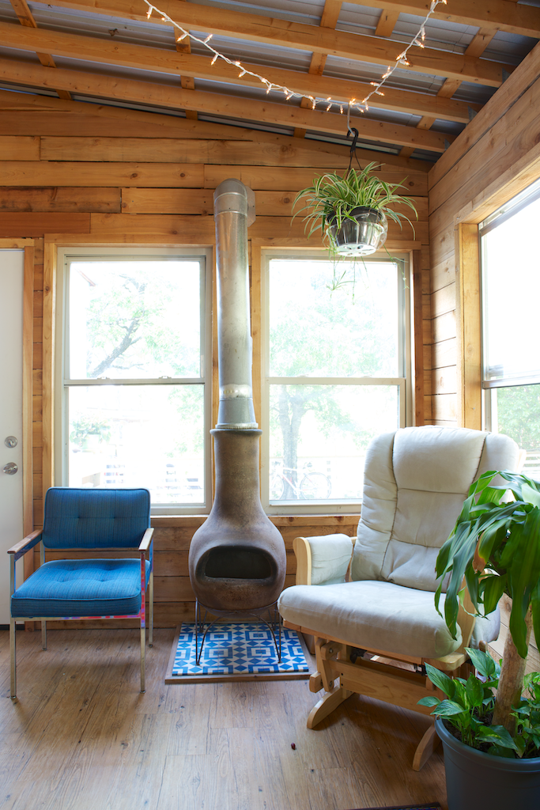A passive house retrofit?
If you love the idea of having a passive house but also love the house you live in now, is it possible to combine the two? Can you retrofit your house to be passive?
First, a reminder about what the heck a passive house is, per Wikipedia:
The term passive house (Passivhaus in German) refers to a rigorous, voluntary, standard for energy efficiency in a building, reducing its ecological footprint…It results in ultra-low energy buildings that require little energy for space heating or cooling.
So, is this possible in a retrofit? The answer is yes. Take a look at this beautiful remodel in Austin , as showcased in Apartment Therapy.
The house was built in 1955, contained asbestos, and it’s now the first passive house in Texas. Pretty damn cool.
Reality check: we all don’t have the money or time to do a complete retrofit. If you’re like me or my friends, you budget, you save, you tackle one project at a time. Some years my projects are tiny. And some years there have been zero projects. And others? Some years the only thing that gets done is a super un-sexy project. You know those projects, don’t you? I’m talking about the really fun stuff: repairing dry rot, fixing a roof leak, replacing a broken dishwasher, and then repairing the floor under the dishwasher. Buying a new furnace, replacing old piping.
The list is endless. And yet – I am going to make a bold statement here – while some of these projects are immune to any Pollyanna-type spin (toilet issues spring to mind), some not-so-fun projects need a different perspective. Do new windows bring some joy? Yes – particularly if your heating bills drop and your air quality improves (with my original windows I could easily smell the smoke from a neighbor’s chimney – while inside ). I would argue that most un-sexy projects can be spun into a little bit of gold.
My advice is this: combine the sexy with the practical as often as possible. Recently I had an opportunity to listen in on a conversation about design decisions that can make a remodel move toward the outcome of a passive house. While a passive house can decrease energy use by 90%, just reducing energy use by 30% would be an amazing coup for your utility bills. Why not consider it given this great benefit?
So, if you are considering a remodel, from new windows to replacing some flooring, here are broad areas in your home where you can increase energy efficiency and perhaps even find a little joy in the mundane.
1. Is your house taking advantage of the efficiency of natural gas?
Switching to a natural gas water heater and furnace lowered my energy bills, and natural gas is one of the cleaner fossil fuels available. As a bonus, if you are considering a kitchen remodel down the road, this will allow you to be ready for a gas stove. Cooks love a gas stove, I hear!
2. How is your insulation situation?
By upgrading your insulation, you lower your energy bills. This can perhaps be combined with a window upgrade, another way to increase energy efficiency. By doing both, the sparkling new windows will distract you from the cost of boring insulation.
3. Do you have an ugly wall in your house that you have been dying to knock down?
Well, you might be able to justify the cost of removing that wall by changing the shape and layout of your rooms. Taking advantage of sun / daylight can increase energy efficiency. This may be the excuse you needed to start a project.
4. Roofing material and roof pitch can both affect energy efficiency.
Asphalt is the hottest, while metal roofs keep a house cooler. And how about this – different roofing material can make your house stand out from the rest of the herd. I like this one a lot, because installing a new roof is traditionally one of the most boring projects out there. But it’s not so boring if the material is nifty and you save money every month on energy.
5. How is your lighting – attractive? How about efficient?
If can lights are not tightly sealed, energy escapes through them. So not cool! Here’s a combo of projects that might work well together: upgrade your lights and make certain they are sealed, plus check out your attic insulation. Again, the attic insulation isn’t sexy, but the lights certainly are.
6. Did you know that the number of air ducts and their position impact the usage of energy?
If you’re considering new flooring, think abut the ducts as well. Increased energy efficiency could help offset the cost of the floors.
7. Windows and glazing.
This is a biggie. These two features alone can really change the look of your house. (Think: curb appeal!) Also, blinds on the exterior of your house can keep your house cooler, plus change the entire attitude of your home.
The goal here is to get more out of your remodel – more fun, more energy efficiency, more overall benefit for everyone involved. Motivated to combine some of these practical decisions with a fun project? Whip up a great combo of sexy + boring = more benefit on your own? Bet you can.
About Nancy Ranchel
Nancy is an accountant who offsets the practicality of her day job with extravagant and outrageous remodeling projects, often involving massive amounts of scrap metal. In her free time she can be found dreaming up new ways to turn her house into an art installation, digging through scrap heaps, and contemplating a world without plastic. Check out Nancy’s blog here: www.replaceinpdx.com/
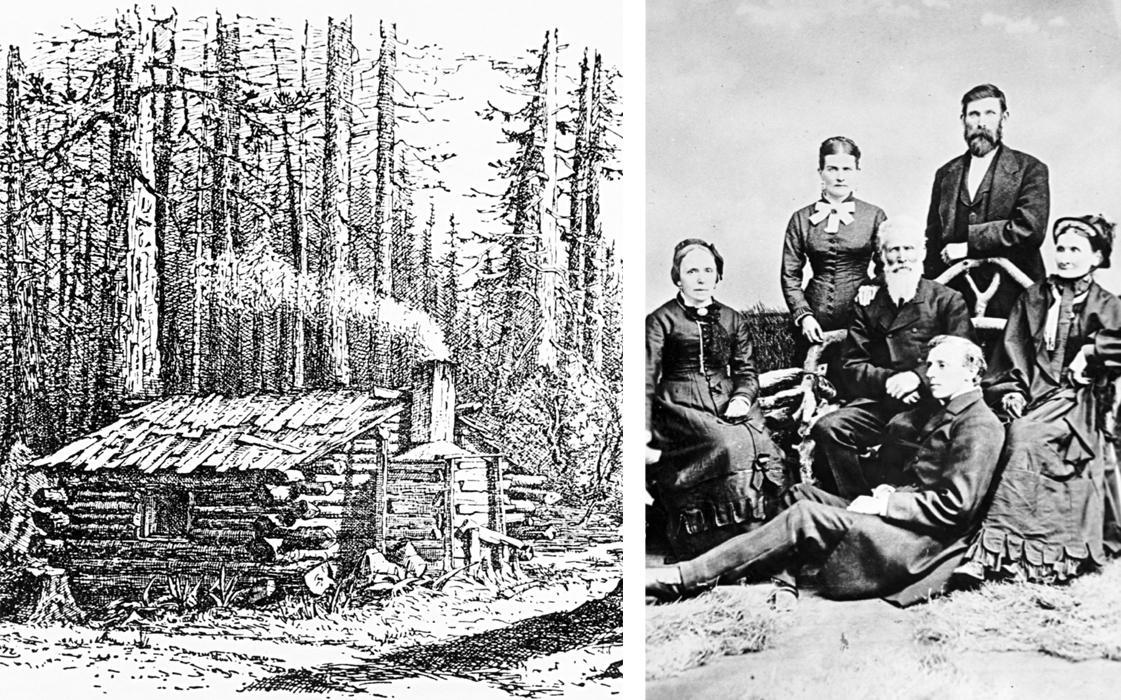
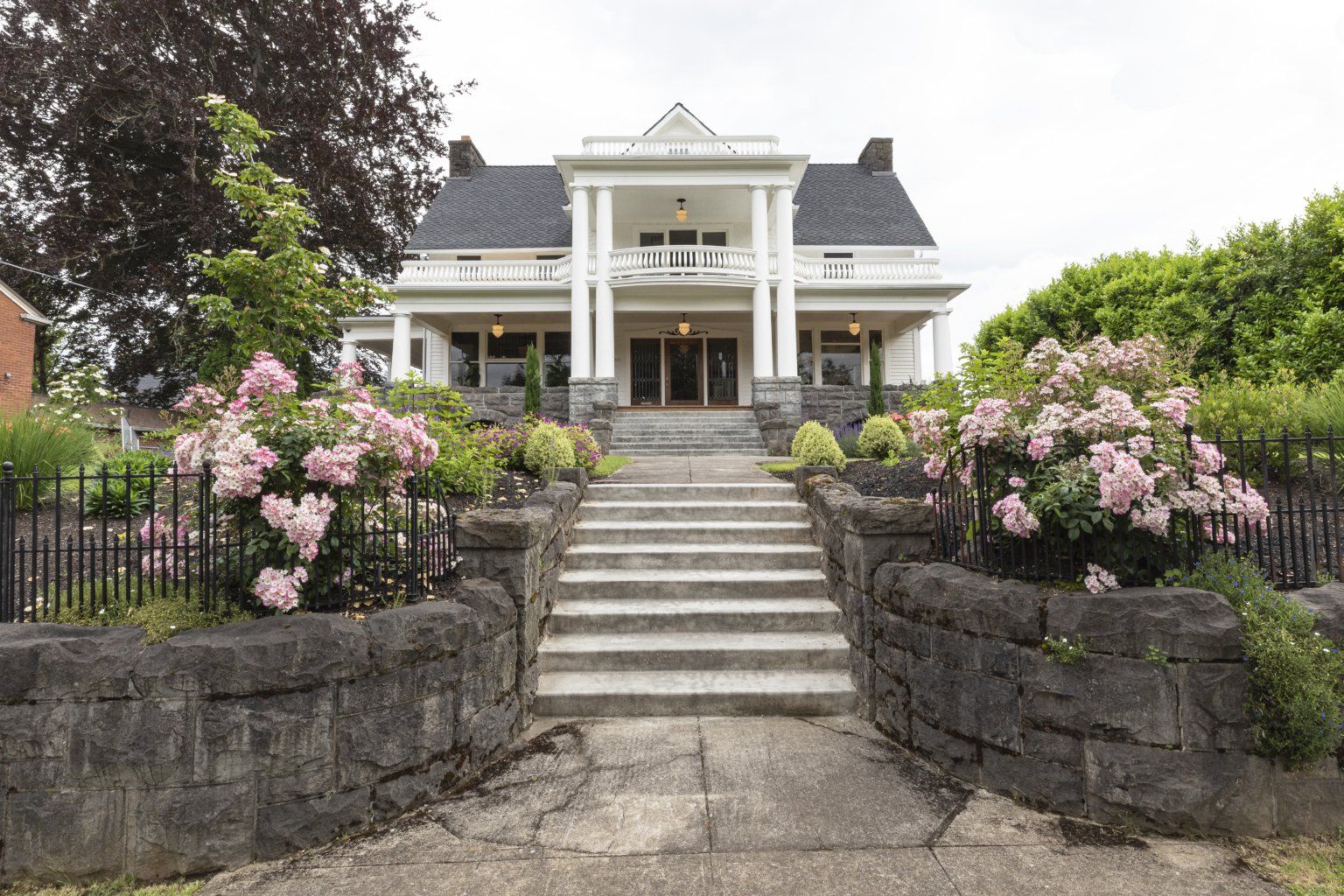
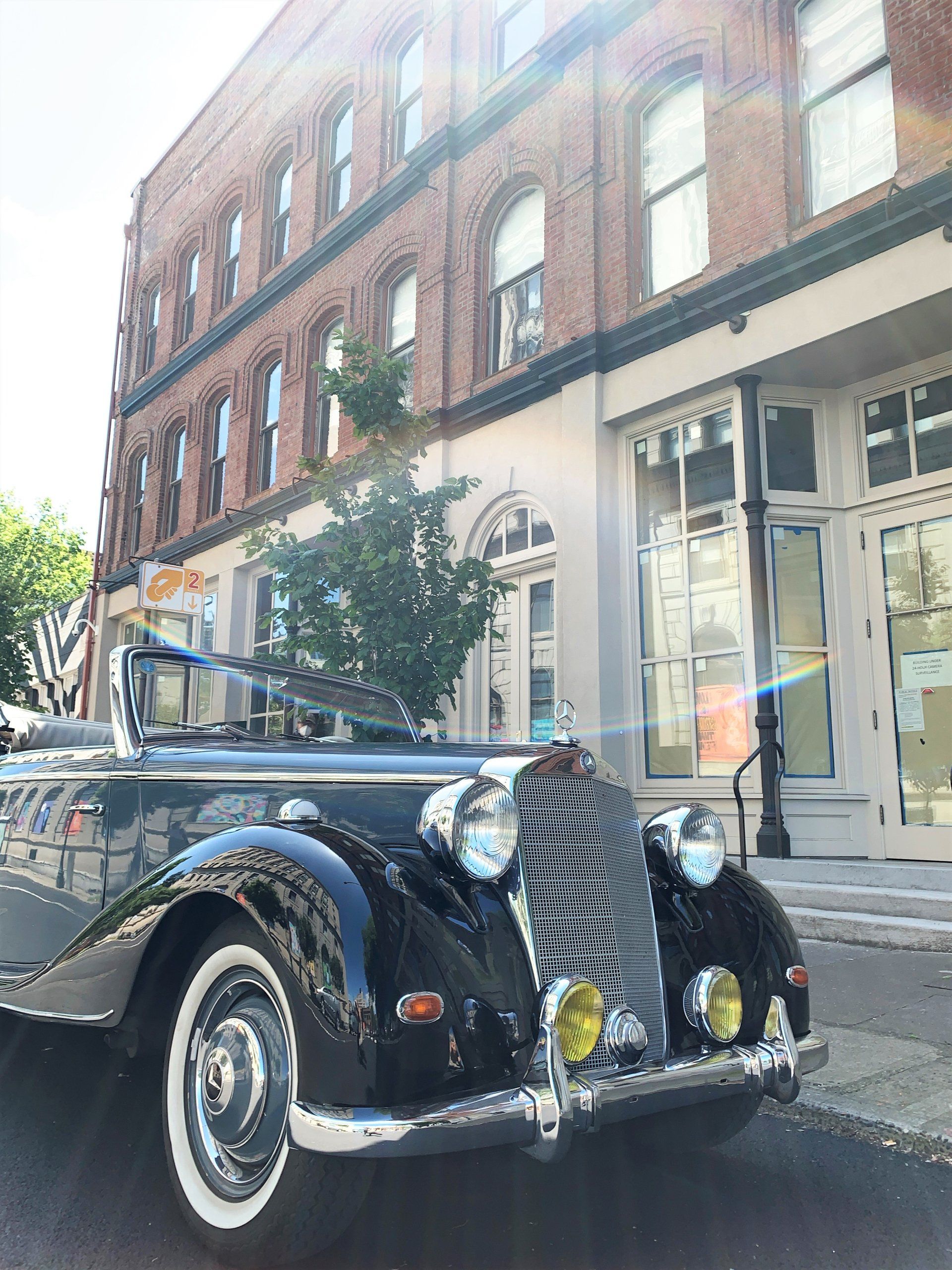




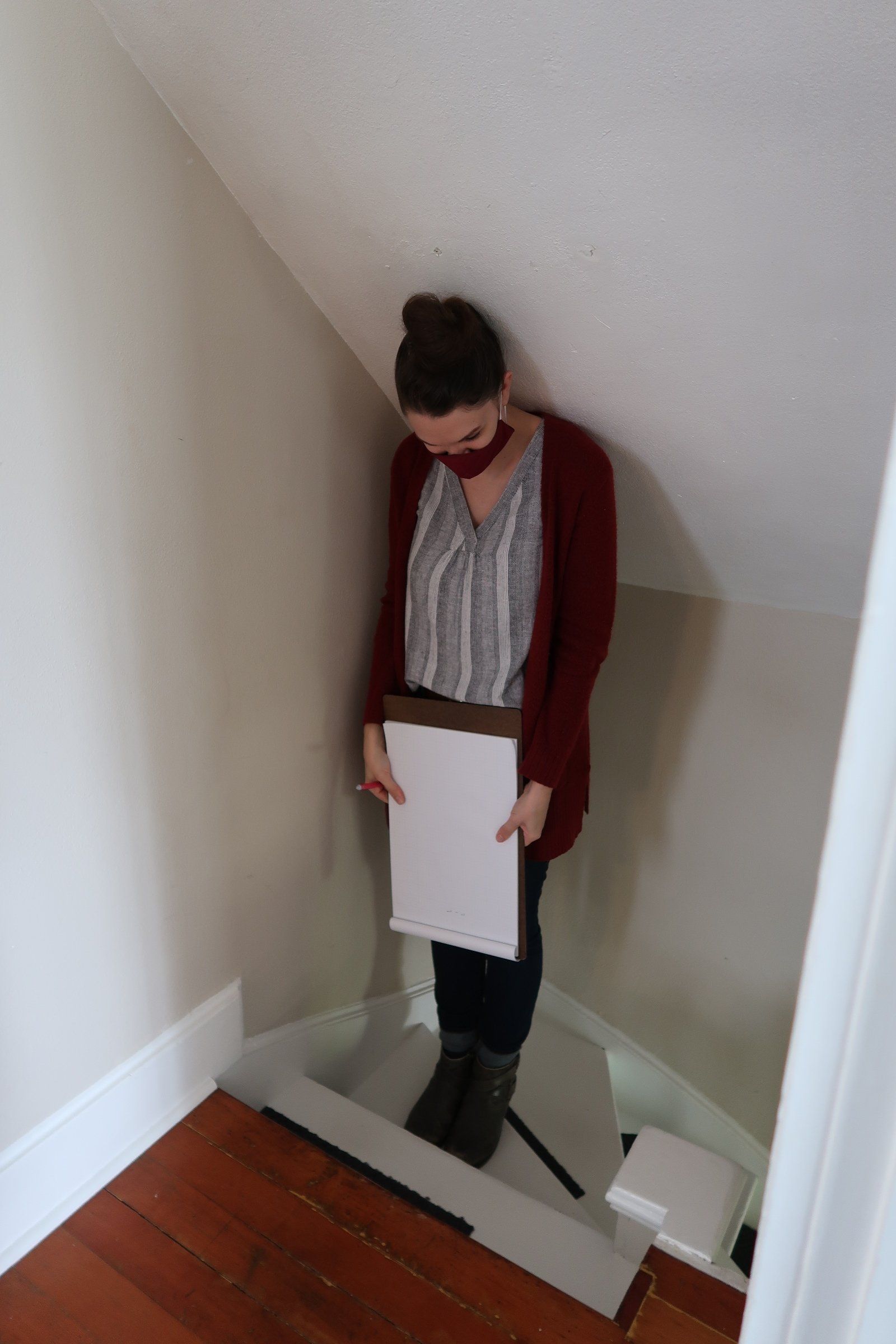
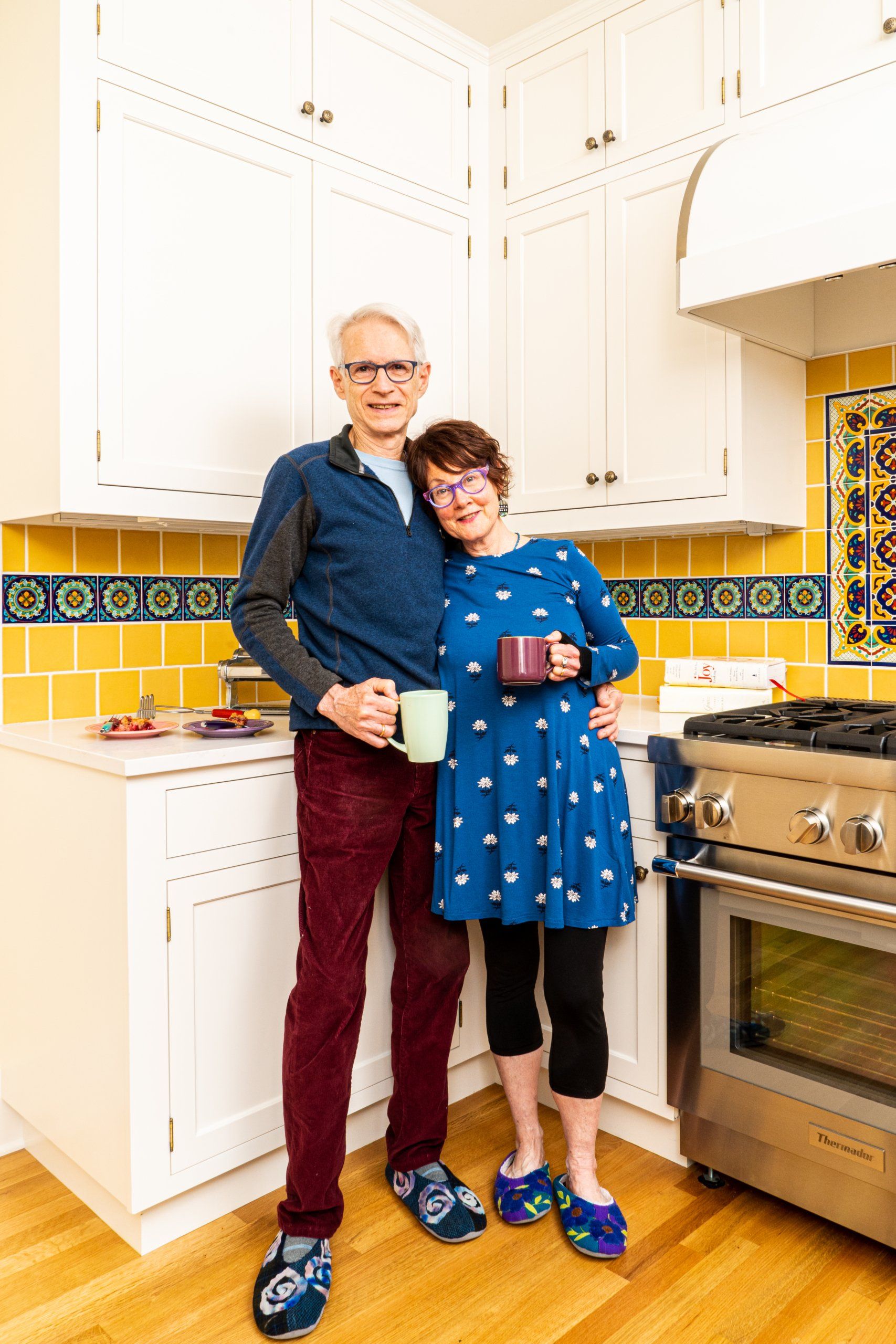


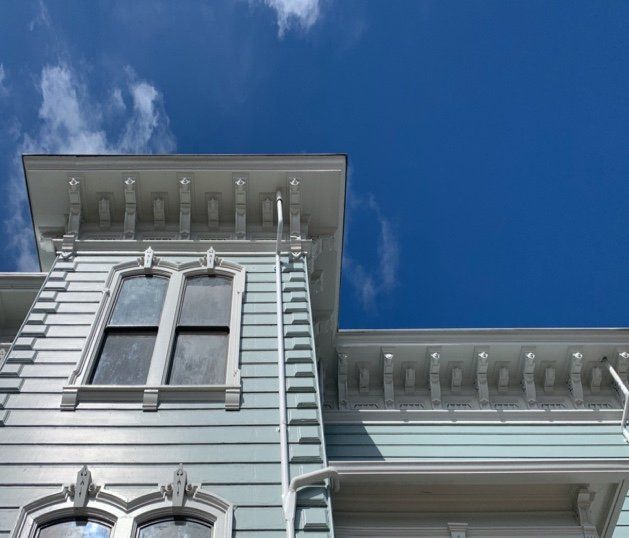
Oregon: CCB# 119917 | Washington: ARCIFL *910KJ

